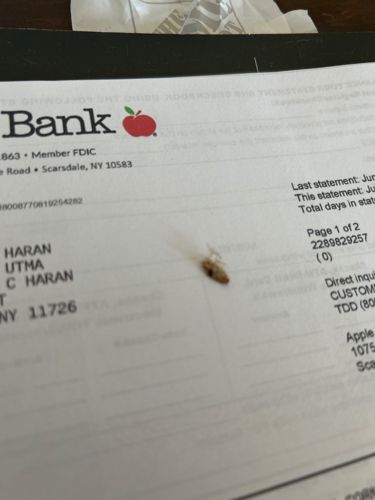Booklouse
Scientific Name: Liposcelis corrodens (a common species, though many exist)
Order & Family: Psocoptera, commonly Psocidae (barklice/booklice family)
Size: Typically 1-2 mm in length. They are soft-bodied, pale or translucent, and may have wings (though many common indoor species, like those in the genus Liposcelis, are wingless or have reduced wings).

Natural Habitat
Booklice thrive in warm (25-30°C / 77-86°F) and humid (60-90% relative humidity) environments. They are commonly found in old books, papers, stored food products, damp walls, under wallpaper, and in areas with mold growth.
Diet & Feeding
Booklice feed on microscopic molds, fungi, starches from book bindings, wallpaper paste, cereal products, and other organic detritus found in humid conditions. They do not bite humans or animals.
Behavior Patterns
Booklice are typically found in damp, dark, undisturbed areas. They are highly active and can move quickly. They are often seen in large numbers when conditions are favorable. Their breeding is continuous in warm, humid conditions, with females laying up to 60 eggs over their lifespan, which can be several months.
Risks & Benefits
Booklice are primarily considered a nuisance pest, particularly in homes and libraries, where they can damage books, papers, and stored food. They do not transmit diseases to humans or pets. While they can contaminate food, they are not known to cause allergens or stings. Their presence often indicates high humidity and/or mold issues, which can be detrimental to human health and property.
Identified on: 8/31/2025